A comprehensive macaron troubleshooting guide with photos, possible causes and how to avoid the most common macaron issues!
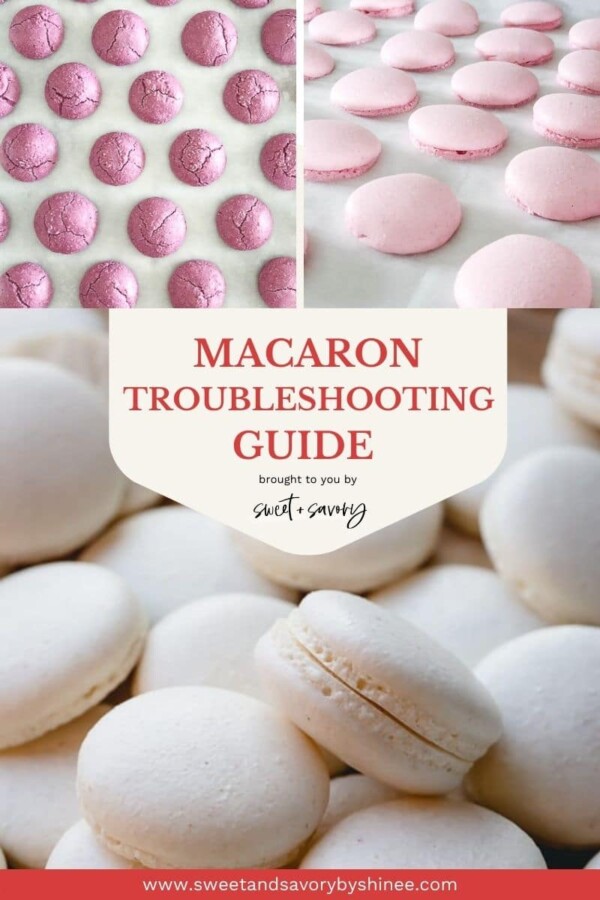
Table of Contents
Since 2012, I’ve made thousands of macarons in my home kitchen with many trials and errors, as well as picture-perfect macarons! And yes, I’ve had pretty much every problem imaginable!!
In the process, I’ve gained lots of tips and tricks to solve those frustrating issues and, most importantly, how to avoid them in the first place.
Remember, sometimes, macarons fail for no apparent reason and leave us scratching our heads.
But I encourage you to never give up on macarons. The joy of watching your macarons grow those ruffled feet and pulling out perfectly round macarons with shiny smooth tops is simply priceless.
I swear, every single time, when I see my macarons through the oven door puffing up and baking perfectly, I can’t help but do a little happy dance in my kitchen! Pure joy, I’m telling ya!
What’s a perfect macaron?
Perfect macaron is very subjective. To me, a perfect macaron has the following characteristics:
- Smooth shells
- Ruffles feet
- Full inside
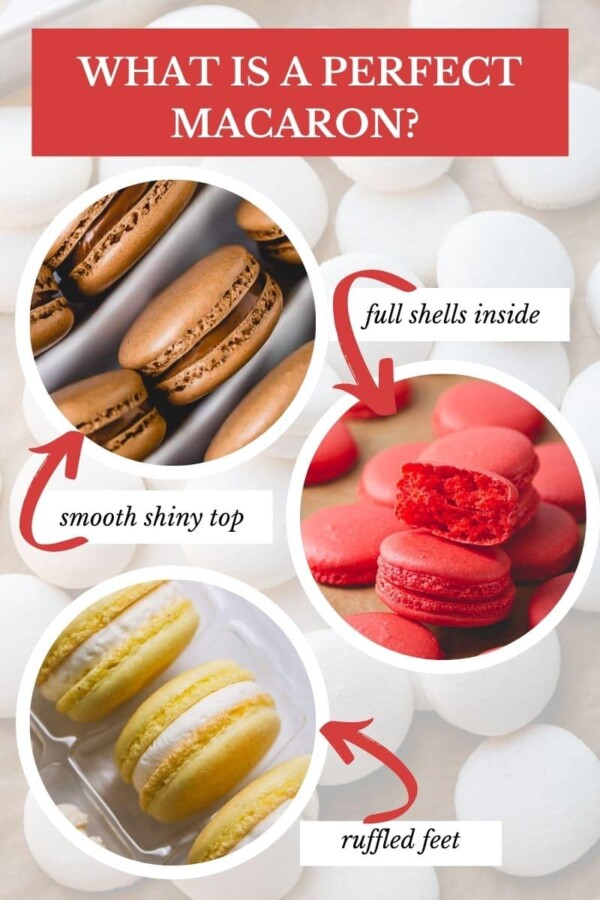
Macaron Troubleshooting Video
Visual Macaron Troubleshooting Guide
Ok, let’s discuss each of the most common macaron issues, their causes and how to fix or prevent them!
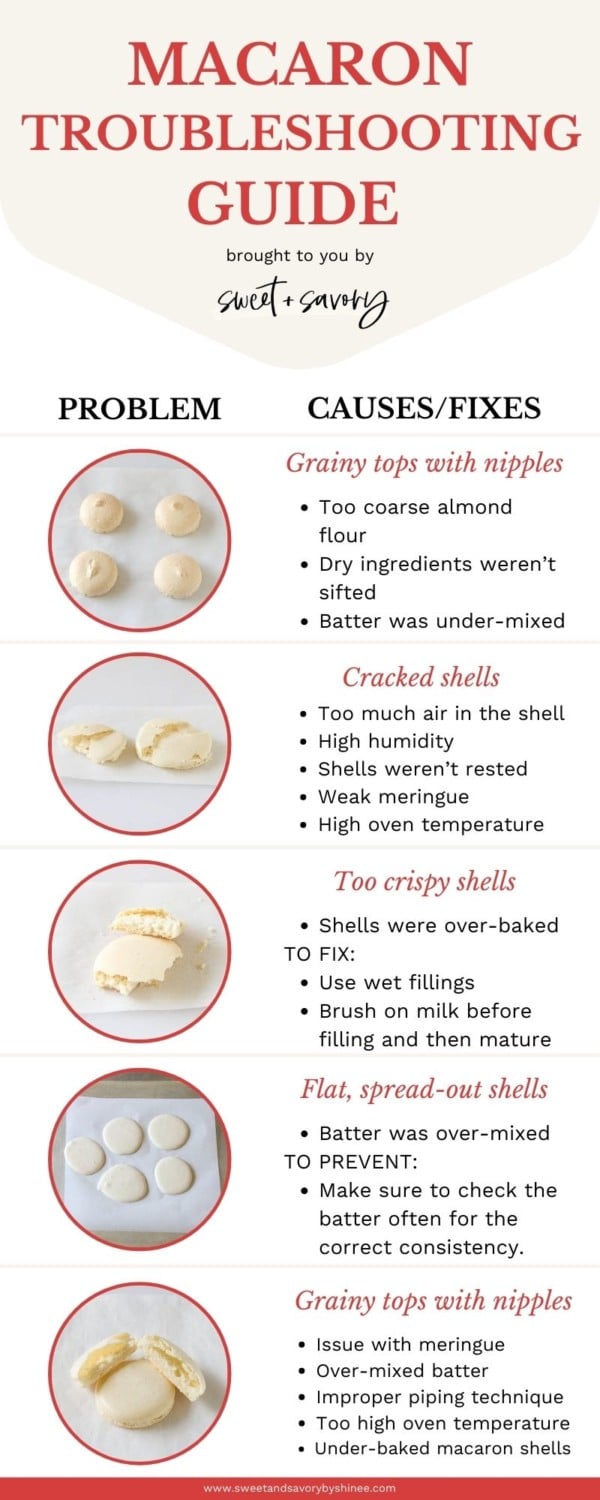
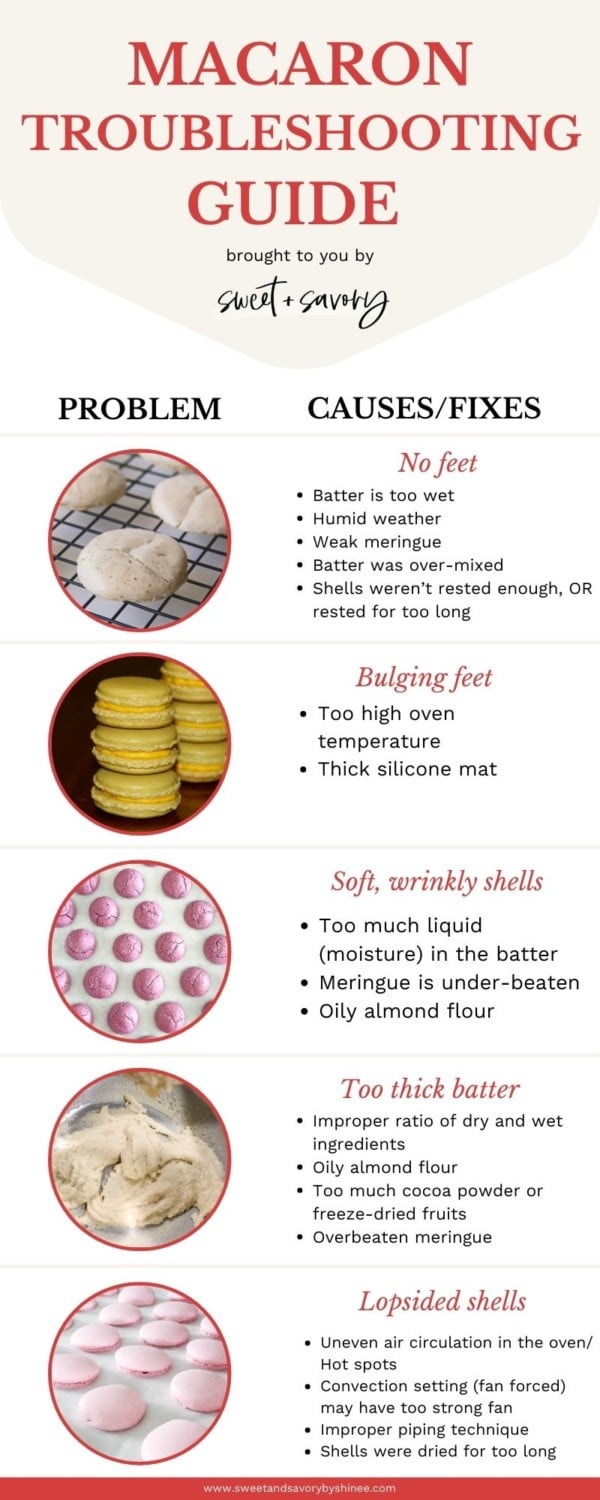
Pin this now to find it later
Pin ItUneven, grainy macarons with nipples
Possible causes:
- Too coarse almond flour
- Dry ingredients weren’t sifted
- Batter was under-mixed
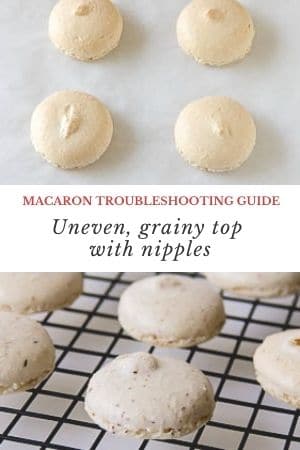
how to fix grainy shells with nipples:
- Make sure to use fine ground almond flour.
- Don’t skip sifting the dry ingredients! Toss large almond pieces left in the sifter. You shouldn’t have more than 1/2 tablespoon of almond bits.
- Under-mixed batter also causes grainy shells with nipples. When mixed right, the nipples should melt back into the batter after tapping the piped shells on the counter.
don’t do this!
Never use wet fingers to push the nipples down. Instead, use a toothpick to encourage the batter even out.
Cracked shells
Possible causes:
- Too much air in the shell
- High humidity
- Shells weren’t rested
- Weak meringue
- High oven temperature, or hot spots in the oven
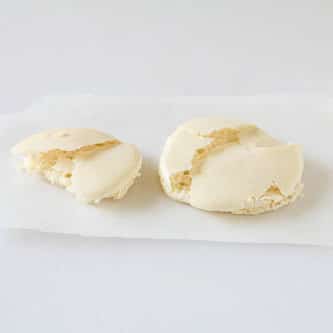
HOW TO FIX cracked macarons:
- Be sure to tap the baking sheet right after piping macaron shells. And use a toothpick to pop large air pockets visible on the surface.
- When it’s too humid, the shells don’t develop good skin, which leads to the next point.
- When the shells haven’t rested long enough to develop skin on top, steam releases from anywhere cause macarons to crack on top.
- Take your time to make nice and sturdy meringue, especially when you’re making French meringue. Watch my video on French Meringue 101 to learn all the tips to make the most stable French meringue.
- Too hot oven can also cause cracks in macaron shells. Make sure to get an oven thermometer to double check the temperature inside the oven without relying on what oven says.
Erupted shells
Possible cause:
- Touched the shells with wet finger to push down a pointy nipple
How to prevent erupted volcano macarons:
Never touch your unbaked macaron shells with wet fingers to push down pointy end. Instead tap the baking sheet well. And if the pointy end doesn’t melt into the batter, you can either baking them as is, or scrape the batter back into a bowl and mix for a little more until the batter is at correct consistency.
Too crispy interior
Possible cause:
- Shells were over-baked
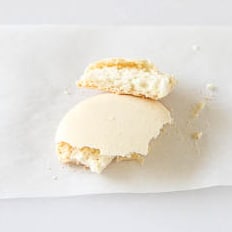
How to fix too crispy shells:
If you over-baked your macaron shells and now they’re super crispy throughout, don’t fret! 2 easy fixes:
- Use wet fillings, like jams, caramel sauce, or lemon curd in the center.
- Simply brush on milk on the bottom of the shells before piping a filling of choice.
Tip
Mature filled macarons for 24 hours. The shells will absorb the moisture from filling and macarons should soften nicely.
Flat shells, spread out too much
Possible cause:
- Batter was over-mixed
Over-mixed batter is too loose and the shells don’t hold its shape well, instead it spreads out too much.

How to prevent flat, spread out macarons:
Once macaron batter is over-mixed and it’s too runny, there’s no way to salvage it. So it’s important to prevent this from happening.
Make sure to check the batter often for the correct consistency. It should slowly run off the spatula into a ribbon, and the edges should melt back into the batter within about 10 seconds.
Hollow shells
Possible cause:
- Issue with meringue
- Over-mixed batter
- Improper piping technique
- Too high oven temperature
- Under-baked macaron shells
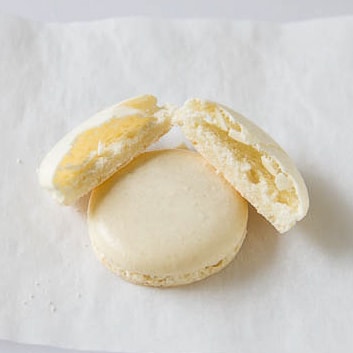
How to fix hollow macaron shells:
Hollow macarons are so common, and I personally battled with this issue for a long time. Now, I consistently get full, meaty macarons straight from the oven.
Since it’s a complex issue, I dedicated a separate post on how to fix hollow macarons.
No feet
Potential causes:
- Batter is too wet
- Humid weather
- Weak meringue
- Batter was over-mixed
- Shells weren’t rested before baking
- Shells were rested for too long, weakening the meringue structure
- Too low oven temperature
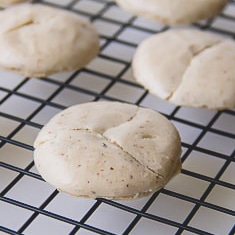
How to prevent no feet macarons:
- When the batter is too wet, macarons don’t develop those ruffled feet. The most common causes for wet batter: excess liquids, like extracts, lemon/lime juice, liquid food coloring, too much gel food coloring, etc.
- In some cases, especially in humid climates, aging egg whites might be beneficial. During aging, egg whites loose some of its moisture.
- When the meringue isn’t whipped to stiff peaks, it doesn’t have strong enough structure to lift macarons. Watch my French Meringue 101 video for visual cues for proper meringue.
- When macaron batter is over-mixed, there’s not much air bubbles left to give the shells lift during baking. Therefore, they come out flat without feet.
- Also, if macarons weren’t rested to form a skin before baking, it could cause no feet macarons. And if the shells were rested for too long, it can also negatively affect the batter, because meringue loses its stability when sat for too long. Keep checking the shells every 15 minutes and put them in the oven as soon as they don’t stick to your fingers.
- If the oven is not hot enough, macarons won’t rise as air bubbles in the meringue need heat to expand to lift the shells, creating that pretty feet at the base.
Tip
Make sure to get an oven thermometer to double check the temperature inside the oven without relying on what oven says.
Bulging feet
Potential causes:
- Too high oven temperature
- Silicone mat
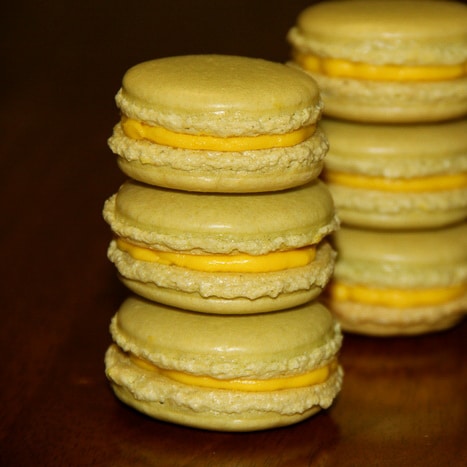
how to prevent bulging feet:
Some may find it ugly when the ruffled feet extends out of the macaron shells. I’m not a huge fan, but it’s not the worst!
- This happens when the oven is a bit too hot, causing the macarons to rise too high and then collapse slightly, making the feet bulge out.
- And another reason is silicone mat might be the culprit. I certainly happens to me with thick silicone mats, but I know some people have gorgeous macarons with silicone mats.
Soft, wrinkly shells
Possible causes:
- Too much liquid (moisture) in the batter
- Meringue is under-beaten
- Oily almond flour
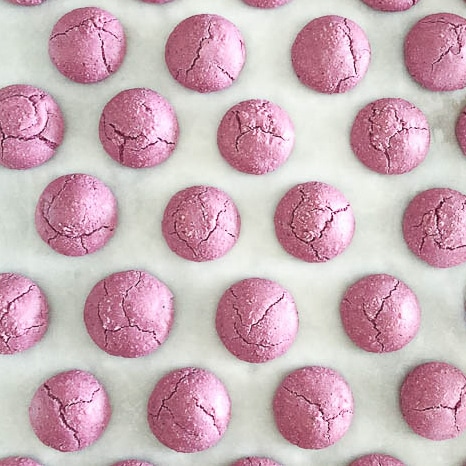
How to prevent soft, wrinkly shells:
Excess moisture and/or fat is the #1 cause for soft, wrinkly shells. And there’re number of culprits for excess moisture/fat in the batter:
- Adding liquid extracts, juices or liquid food coloring
- Adding cocoa powder, freeze-dried fruits, etc.
- Under-mixed meringue also contains too much moisture
- Oily almond flour, or almond flour that has been opened for too long
Cocoa powder contains fat which could potentially cause soft, brownie-like macaron shells. And freeze-dried fruits absorb moisture from the air fast and could cause soft, wrinkly shells as well.
Tip
Store opened almond flour in an airtight container in a cool place.
Too Thick batter
Typically, when you add dry ingredients into meringue, it starts out pretty thick and that’s totally normal. As you fold the batter, it thins out and gets runnier.
In rare occasions, the batter never loosens and it stays thick.
Possible causes:
- Improper ratio of dry and wet ingredients
- Oily almond flour
- Too much cocoa powder or freeze-dried fruits
- Overbeaten meringue
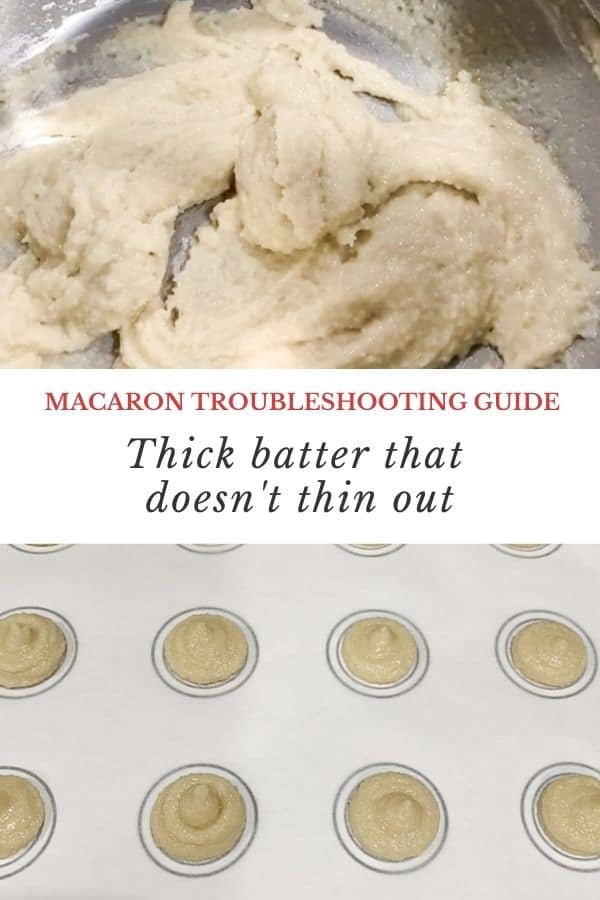
how to fix and prevent thick batter issue:
- Be sure to weigh the ingredients carefully. I strongly recommend weighing all the ingredients, including egg whites, with a kitchen scale.
- Oily almond flour could cause thick batter. Make sure to use fresh almond flour and avoid processing it in a food processor.
- Too much cocoa powder or freeze-dried fruits can throw the ratio of dry and wet ingredients.
- When meringue is over-beaten, it gets dry, throwing off the ratio as well.
Blotchy shells
I don’t have a photo of this issue, but basically it looks like greasy stains on the shells.
Possible causes:
- Oily almond flour
- Batter sat out for too long before piping
how to prevent blotchy macarons:
- Use fresh almond flour that’s not oily. To test, squeeze some almond flour in your hand and see if it holds its shape. If it holds its shape like wet sand, then it’s too oily.
- Make sure to pipe the shells right away, especially with French meringue batter.
Lopsided shells
Possible causes:
- Uneven air circulation in the oven/ Hot spots
- Convection setting (fan forced) may have too strong fan
- Improper piping technique
- Shells were dried for too long
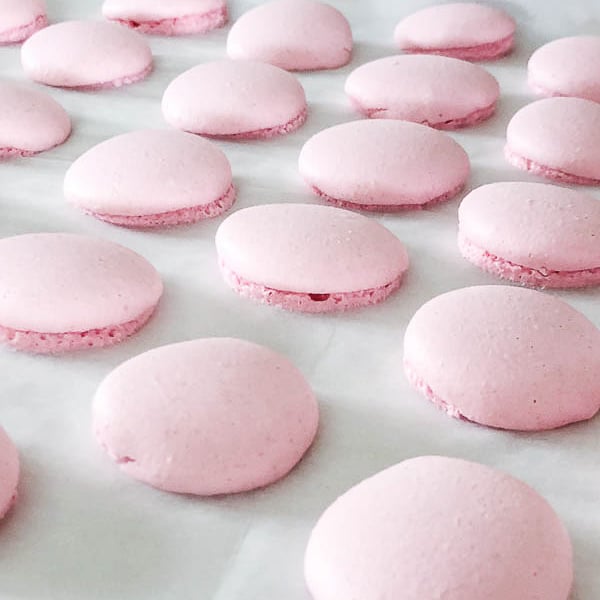
how to prevent lopsided macarons:
Main culprit for lopsided shells is poor air circulation. This could be due to uneven heat distribution and hot spots in the oven, convection settings with too strong fan. Here’re a few things you can do in this case:
- Flip the baking sheet upside down before piping macarons, so that there’s no edges around the sheet to block any heat circulation.
- Bake macarons one sheet at a time.
- Turn the baking sheet around half way through baking.
- If possible, bake on conventional setting, heat coming from top and bottom.
The next reason for lopsided macarons is improper piping technique. Pay close attention to following:
- Hold the piping bag with macaron batter straight at 90° and squeeze the batter from the top to one spot until the desired size reaches. Watch my macaron video for better illustration.
- Pipe the shells at least half an inch apart to give the shells enough room for air circulation.
And lastly, don’t dry your macarons for too long. Too thick skin may cause lopsided macarons.
Concaved (Inverted) shells or Stuck To Parchment
Possible causes:
- Low oven temp/ low heat from bottom
- Under-baked shells
- Not cooling the macarons before removing from parchment paper
How to prevent concaved, or stuck macarons:
- Make sure your oven is hot enough. Most of the time, ovens need good 30-45 minutes to preheat properly. Even if it beeps when it’s preheated, I highly recommend double checking with an oven thermometer.
- Be sure to check the macarons for doneness before taking them out. To test for doneness, gently touch the top of one macaron with your index finger and try wiggle it. If it wobbles side to side, they’re not ready. keep baking for another minute or so. The cooked shells should wiggle ever so slightly and firm to touch. When in doubt, cook a bit longer. In my opinion, it’s better to over-bake them than under-bake them.
- Make sure to cool the macarons on the baking sheet for at least 10 minutes before removing from parchment paper/silicone mat.

Whew, are you still with me? Thank you!!! I hope this macaron troubleshooting guide answers your questions and helps you to perfect your macaron skills.
And if there is anything I haven’t covered, please leave me a comment below. I’d like us, macaron-lovers, connect and discuss various problems we face baking macarons. Let’s get the discussion started.
More Favorites from Sweet & Savory
This post was originally published on December 21st, 2015, and last updated on February 16th, 2021.


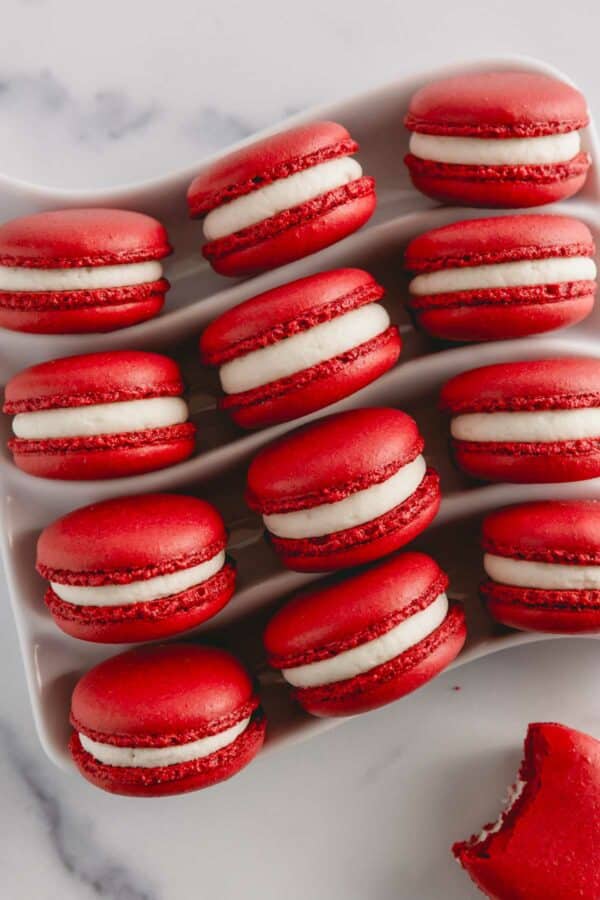
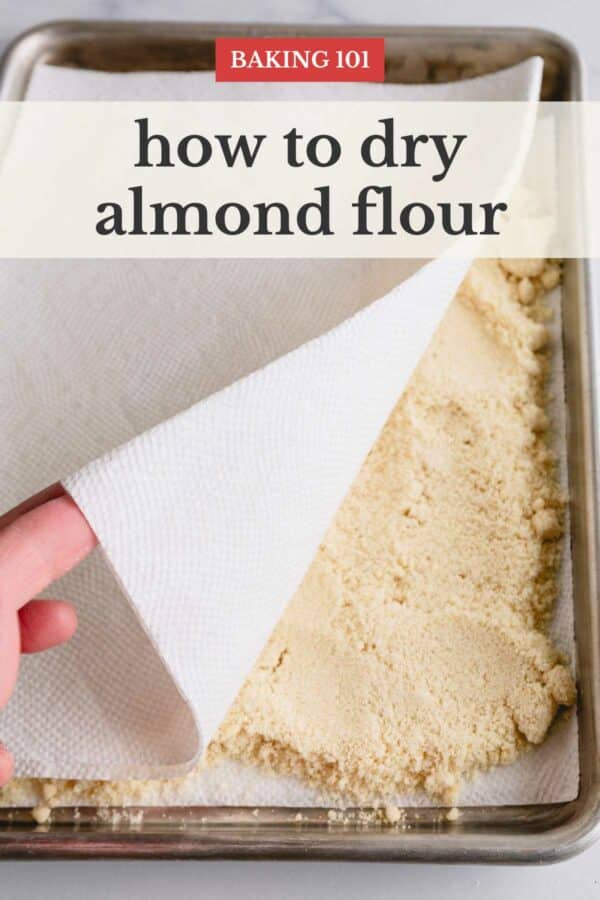
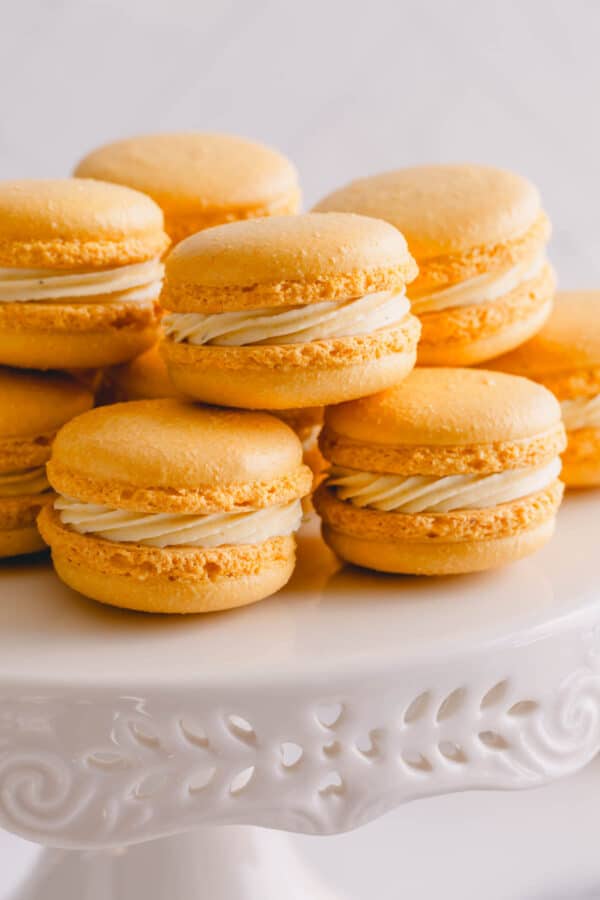

Hi shinee! Why did my batch of macaron. Some turned out nice but some had crack top
Hi, Han! It’s funny that you ask that, because I just had that happen to me for the first time. I was re-testing my chocolate macarons, and the first tray cracked, but the second tray (the same batter) turned out perfect. I’m still puzzled about it. The only thing that was different is that the first tray had a lot more macarons than the second one. No idea if it’s anything to do with it. I’d love to know more details (what recipe you used, were the macarons all on the same tray, etc) about your experience though before I make any guesses.
Thank you so much, Shinee. Can’t wait to see your new macarons!
Thanks, Karen!
Hi Shinee,
I have tried more than 20 batches of macarons with flat, bubbly, hollow, cracked tops and no feet… Finally, I found your recipe is the biggest success! Thank you so much for sharing such detailed processes of making Macarons so I could find out what I went wrong. However, I am still struggling with beating the wright meringue. My Macs turned out beautiful except for the crispy hollow shells. I seemed to over beat the meringue after realizing I under beat at my first 8 batches… I have a Kitchen Aid mixer. Would you please advise step by step how to beat the egg white to the right point? What speed (4, 6, 8, or 10) and how long to beat the meringue to the right stiff peak form? I am so close to get my macarons to be perfect like yours. Looking forward to your help. Thank you. Karen
Hi Karen! So glad you’ve had better success with my recipe! I think hollow macarons are the biggest issue for all the beginners. I know I had that problem too! I’ll have to get back to you on the detailed instruction on beating the meringue, but just so you know, the length of beating can still vary depending on the temperature of egg whites. Room temp egg whites beat better and faster than cold ones. Next time when I beat the egg whites, I’ll take notes and I’ll send you an e-mail.
i didn’t see a solution for what happened during my first venture! I got a shiny top and ruffled feet but the top was smaller diameter than the feet. I do think my batter was under beaten. I did let them rest for about 20 min and the tops were firm before cooking. I didn’t move the pans once they were in the oven. Any ideas?
Hi, Stacy! It sounds like your macarons had bulging feet. Check out my very 1st macaron recipe, scroll down to 5th photo, is that what you’re having?? If so, in my opinion there are 2 things that cause this issue: 1. Shells were dried for too long. 2. Whenever I bake my macarons on silicone mat, I get that. That’s why I prefer parchment paper. But I’ve seen people bake their macarons on silicone mat without issue. Not sure how though! Hope this helps!
Great post! I’ve made 5 batches only, my first batch was a disaster but it would seem I did every step wrong lol. My second & 4th batch actually turned out pretty good, smooth tops, feet and everything. The things I’m having problems with are the colors, a few batches that I’ve done seem to have speckled tops, almost looks like an oil stain on paper, these have happened with the two batches that I tried making a flavoured shell, as well each of these batches have had soft tops, I wouldn’t suspect that they were undercooked as one batch seemed to brown rather quickly, could it have something to do with making flavoured shells? Thanx in advance.
Hi, Kalyn! Yes, it might be due to flavorings you’re adding to macarons. What kind of flavorings are you using? Liquids, like lemon juice, or candy oils? I believe the soft tops might be due to excess liquid in the batter. But I have no idea about oil-stained look.
The first batch was a chocolate macron so i added cocoa, and the second match was ginger and I added just a ground ginger powder, but I’m simply adding these flavours to a very basic macron recipe that I already have rather than using a recipe for a chocolate macron or ginger macron so that may be the issue, I may be messing with the liquid to dry ratios by adding the flavours?
Yeah, typically when I try to make a flavored macarons, it takes me a few trials and errors to get the ratios right. I have chocolate macaron recipe here on my blog, you could try that. And ginger macarons sounds intriguing!
I’ve started making these for my bakery. I’ve made about 10 batches so far and have all the trials (cracking, hollow, browned, flat) and am getting to a rhythm now. I need to freeze them and was wondering if there is any special requirements other than an air-tight container? Also is there a specific way to thaw them? Thanks!
Hi, Eileen! I’m glad that you’re getting hang of macarons. 🙂 Not much requirement for freezing other than airtight container. I personally just bring them out of freezer on the counter for half hour. But you could certainly transfer them into the fridge too. Hope this helps.
When there is. a hollow interior and you say “meringue is over beaten” are you taking about the first stage of making the meringue or when adding the dry ingredients? Mine were so tasty and pretty but were hollow inside. Thanks!
Hi, Amy! Yes, the 1st stage of making meringue, or beating the egg whites. I remember my first few batches always turned our hollow. Hope your next batch will be perfect! 😉
WOW. This is a very helpful guide to a tricky but delicious treat! I have been wanting to make my own macarons for awhile now but I’m a bit intimidated. This post is quite empowering! I really appreciate the photos too. I CAN DO THIS!!! Lol!
I’m glad you find it helpful, Gabriela! You can do this!! ??
Hi Shinee,
I am wondering why some recipes use cream of tartar and some do not. Can you please explain why? Thank you!
Hi, Stephen! Cream of tartar isn’t required ingredient. When added, cream of tartar stabilizes the egg whites and helps to reach the fluffy stable meringue. It’s like an insurance. I always add it, but I have made macarons without it too. Hope this helps.
My macarons have no feet. And the get cracks in them, and they blurt out from the side. I tap my tray when I pipe it, and it also gets a sheen in top. My macarons look like cracked side walk and are also hollow from inside.
This is such an amazing resource! I haven’t tried to make macarons yet but my daughters are BEGGING me to try. I have pinned this and will definitely check back.
Erin, do try making macarons! You’ll love it. Let me know how it goes. 🙂 Thanks for stopping by!